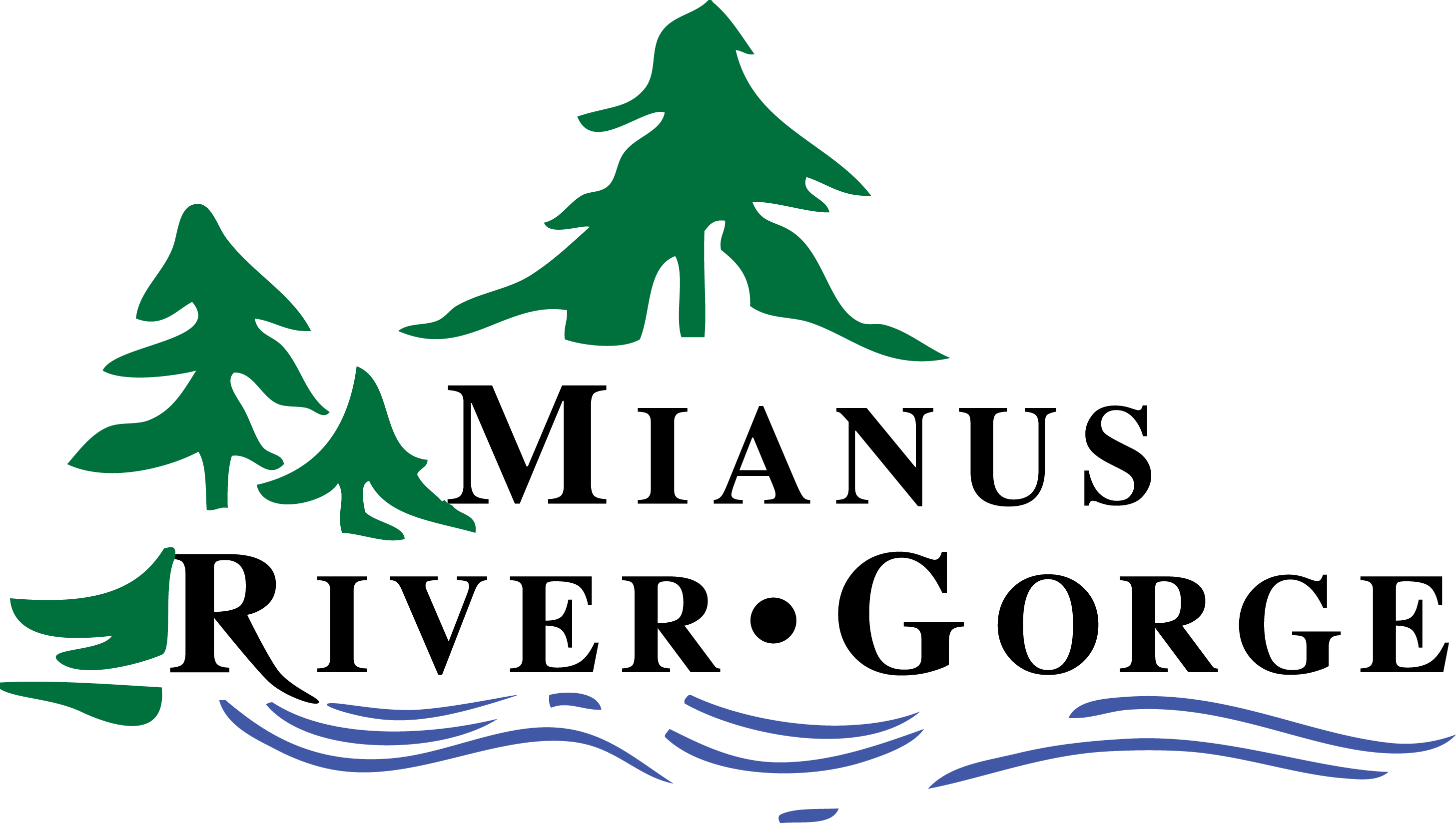MRG’s Budd Veverka led an enjoyable and informative walk through Mianus River Gorge Preserve to help participants learn to identify trees by their bark, leaves, and fruit. Budd helped us answer some of these questions:
1. Which native species is allopathic, sending out a poison of sorts to discourage other trees from growing in its vicinity? Black oak, black walnut, or black birch?
2. How many needles does a white pine have?
3. Which tree’s bark appears to have silvery stripes that look like a tiger’s?
4. What does dendrology mean?

5. Which native shrub has a name that is associated with a magical being but really means “bendy”?
6. What is the fastest growing tree in the forest, identifiable by its tall, straight trunk and leaves with a cat’s ears shape?
7. Which tree sheds large pieces of leathery bark from its trunk that then remains smooth and white?
8. What are two types of hickory trees commonly found in our area, discernable by their compound leaves with 7-9 leaflets and very different looking nuts?
Answers:
1. Black walnut
2. Five (remember it by the five letters that spell white)
3. Red oak
4. The study of trees
5. Witch hazel, from Middle English “wyche” meaning pliant or “bendy”
6. Tulip poplar
7. Sycamore
8. Shag bark and Pignut hickory

That’s just a small sample of what participants learned on the Tree ID walk. After the walk, participants may look at trees in a whole new way, looking for clues that help one tell a white oak from a red oak, a black birch from a yellow birch, and a red maple from a sugar maple. And that’s just the beginning! If you missed this year’s Tree ID walk, we hope you’ll join us next year to hone your skills or learn about simple leaves, composite leaves, needles, lobes, and more to determine a tree.
